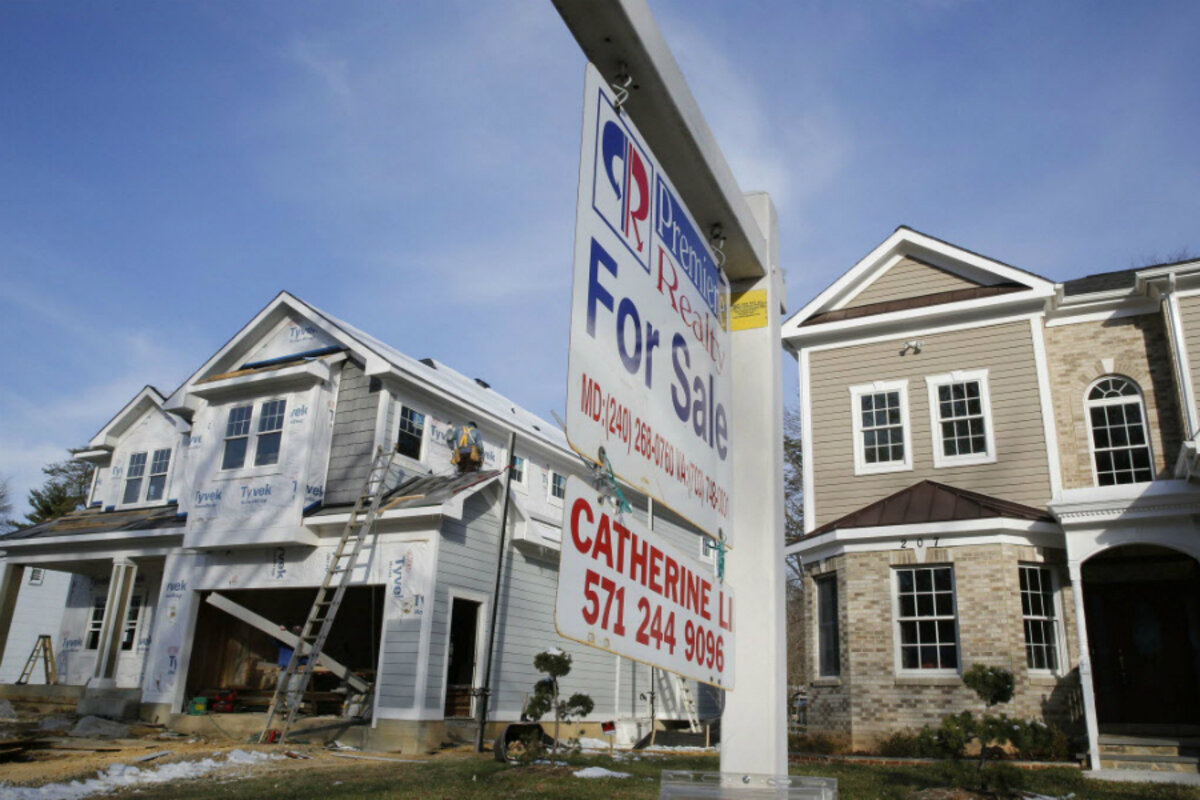US housing rebound: 'Distressed' share of home sales falls to 9 percent
Loading...
| Washington
The pace of home sales improved in July, and the share of those sales that represents foreclosures or other “distressed” properties fell below 10 percent for the first time since the Great Recession.
This is good news for a US housing market that’s still in the process of recovery from an extraordinarily deep down cycle.
Strengthening US employment has helped to drive demand for homes, while sales were also bolstered by a rising inventory of properties for sale.
Sales of previously owned homes are running at an annualized pace of 5.15 million units, the highest level seen this year. Sales have edged up for four straight months, although the rate is still a bit below last year’s summer peak.
“The number of houses for sale is higher than a year ago and tamer price increases are giving prospective buyers less hesitation about entering the market,” said chief economist Lawrence Yun of the National Association of Realtors, in releasing .
Distressed homes that are transferred either through a foreclosure or “short sale” (with proceeds failing to pay off the seller’s mortgage) accounted for 9 percent of July sales, the first single-digit level seen since the group began reporting on the category in October 2008.
Such distressed properties accounted for 15 percent of sales a year ago – and as much as 36 percent of sales at the depth of the housing crisis in 2009.
Rising inventories of homes for sale are another sign the market is gradually normalizing. It suggests that fewer sellers feel unable or unwilling to sell at current prices – often because of high mortgage balances they owe.
The improvement in the housing market coincides with recent months of solid job growth for the economy. And although the outlook for Federal Reserve policy suggests that interest rates will edge up over time, mortgage rates remain historically low.
But the housing recovery is still a work in progress, and much depends on younger households, many of whom feel strapped by student debts and relatively high housing costs, whether renting or buying.
“The housing market recovery can only progress if new buyers enter the market, thus allowing current owners to downsize or move up,” economists Patrick Newport and Stephanie Karol of IHS Global Insight write in a commentary on the new housing numbers.
“We will need continued job gains and income growth in order to improve the share of first-time buyers, especially under currently tight credit conditions,” they write.





